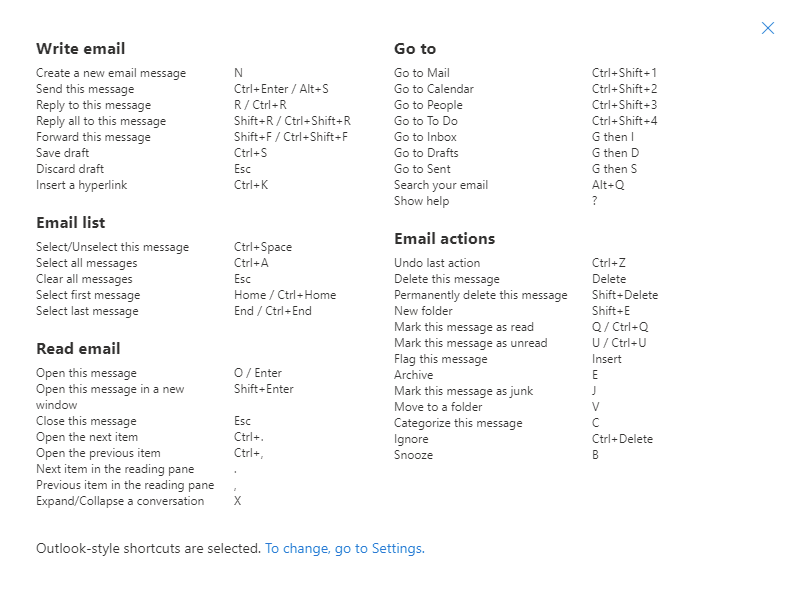
SHIFT five times (Switch the StickyKeys either on or off) Left ALT+left SHIFT+NUM LOCK (Switch the MouseKeys either on or off) Left ALT+left SHIFT+PRINT SCREEN (Switch High Contrast either on or off) Right SHIFT for eight seconds (Switch FilterKeys either on or off)
KEYBOARD COMMAND FOR BULLET POINT ON PC WINDOWS
Windows Logo+R (Open the Run dialog box)ġ2. Windows Logo+F1 (Display Windows Help)ġ1. CTRL+Windows Logo+F (Search for computers)ĩ. Windows Logo+F (Search for a file or a folder)Ĩ. Windows Logo+SHIFT+M (Restore the minimized windows)ħ. Windows Logo+M (Minimize all of the windows)ĥ. Windows Logo+BREAK (Display the System Properties dialog box)Ĥ. Windows Logo (Display or hide the Start menu)Ģ. Microsoft Natural Computer Keyboard Shortcuts:ġ. BACKSPACE (Open a folder one level up if a folder is selected in the Save As or Open dialog box) F4 key (Display the items in the active list)ġ1. Arrow keys (Select a button if the active option is a group of option buttons)ġ0. SPACEBAR (Select or clear the check box if the active option is a check box)Ĩ. ENTER (Perform the command for the active option or button)ħ. ALT+Underlined letter (Perform the corresponding command or select the corresponding option)Ħ. SHIFT+TAB (Move backward through the options)ĥ. CTRL+SHIFT+TAB (Move backward through the tabs)ģ. CTRL+TAB (Move forward through the tabs)Ģ. SHIFT when you insert a CD-ROM into the CD-ROM drive (Prevent the CD-ROM from automatically playing.ġ. BACKSPACE (View the folder onelevel up in My Computer or Windows Explorer)ģ6. LEFT ARROW (Open the next menu to the left, or close a sub menu)ģ4.

RIGHT ARROW (Open the next menu to the right, or open a sub menu)ģ2. F10 key (Activate the menu bar in the active program)ģ1. ALT+Underlined letter in a menu name (Display the corresponding menu) Underlined letter in a command name on an open menu. ALT+SPACEBAR (Display the System menu for the active window)Ģ9. SHIFT+F10 (Display the shortcut menu for the selected item)Ģ7. F4 key (Display the Address bar list in My Computer or Windows Explorer)Ģ6. F6 key (Cycle through the screen elements in a window or on the desktop)Ģ5. ALT+ESC (Cycle through items in the order that they had been opened)Ģ4. ALT+TAB (Switch between the open items)Ģ3. CTRL+F4 (Close the active document in programs that enable you to have multiple documents open simultaneously)Ģ2. ALT+SPACEBAR (Open the shortcut menu for the active window)Ģ1. ALT+ENTER (Display the properties of the selected object)Ģ0. ALT+F4 (Close the active item, or quit the active program)ġ9. ALT+ENTER (View the properties for the selected item)ġ8. F3 key (Search for a file or a folder)ġ7. (Select more than one item in a window or on the desktop, or select text in a document)ġ6. CTRL+SHIFT with any of the arrow keys (Highlight a block of text) SHIFT with any of the arrow keys. CTRL+UP ARROW (Move the insertion point to the beginning of the previous paragraph)ġ4.



CTRL+DOWN ARROW (Move the insertion point to the beginning of the next paragraph)ġ3. CTRL+LEFT ARROW (Move the insertion point to the beginning of the previous word)ġ2. CTRL+RIGHT ARROW (Move the insertion point to the beginning of the next word)ġ1. CTRL+SHIFT while dragging an item (Create a shortcut to the selected item)ġ0. CTRL while dragging an item (Copy the selected item)Ĩ. SHIFT+DELETE (Delete the selected item permanently without placing the item in the Recycle Bin)ħ. Keyboard Shortcuts For Microsoft Windows:Ħ.


 0 kommentar(er)
0 kommentar(er)
